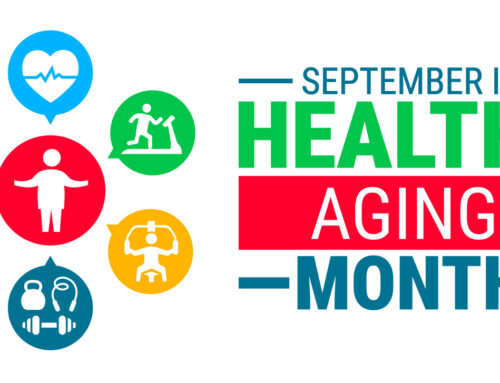Long-distance caregiving help to make life easier for the whole family
If you live more than an hour away from an aging loved one who needs care, you have become a long-distance caregiver. Long-distance caregiving poses many unique challenges, and it’s important to know you are not alone. An estimated 13% of Americans provide long-distance care for a loved one, according to the National Alliance for Caregiving. Of that 13%, more than a quarter are serving as the primary person providing this care. It’s a tough responsibility to have, but one you don’t have to manage alone. Here are a few tips to make your role as a long-distance caregiver more manageable.
1. Hold a “family meeting”
As soon as it comes time for your loved one to need consistent help, you should get the family together to ensure everyone is on the same page. Regardless of where in the world your family members live, get them on the phone or Facetime so you can understand what the issues are and develop a plan of action that everyone understands and agrees to.
It’s important to include your aging loved one in the conversation as well – after all, it is their life you’re organizing. The outcome of the meeting will require a transition on their part that they should understand and agree to. If your family is not as helpful as you’d like, you still don’t have to do everything yourself. Research other methods of support and help, like enlisting the services of a home healthcare aide.
2. Organize all needed information
You never know what situation you might find yourself in in the comings years. To prepare, collect all necessary information on your loved one’s medical condition(s) and any financial or legal paperwork. This includes insurance information, account numbers, banking information, and medical records with associated medications and doctor/pharmacy numbers. Even if you don’t have them in your possession, you should know where wills, estate plans, or deeds to the home are located.
3. Constantly communicate
Maintaining open and constant lines of communication are an essential part of managing caregiver stress. Stay in touch with your family members, your loved one’s providers, and even your loved one’s friends and neighbors. In today’s technologically-driven world, it is easier than ever before to check in and find out how your parent is doing and if there’s anything you should be aware of.
4. Take time to think about yourself
Understanding the pressures of long-distance caregiving and the long-term effects it could have on your daily life is an important step in dedicating the time and developing the processes that will help to mitigate that pressure. Much of this comes from accepting that you can’t do it all, acknowledging the small victories, and maintaining a healthy lifestyle. This includes eating right, routine exercise, and getting enough sleep. It also means asking for help when you need it.
5. Seek help for managing care
You can’t be there for everything, and you shouldn’t have to. And having the peace of mind of knowing that your loved one is safe and in good company can make both of your lives’ better. If you feel like it’s all on you, find someone to share the burden with. Talk with your loved one about their needs and research other opportunities that exist to better your situations – whether it’s a care facility, home health care, or a local caregiver. If your family member has long-term care insurance, research if this extra help would be covered under their policy.
Not only does home healthcare allow your parent the help they need right from the comfort of their home, but research shows that it can reduce hospital readmission rates for the elderly. If your loved one lives in Broward, Palm Beach, St. Lucie, Indian River, or Martin Counties, look no further than FirstLantic Healthcare for assistance. Available for a few hours or around the clock care, we’ve been serving our community for over 17 years. Contact us today and see how we can help you and your loved one.
 AVAILABLE 24 HOURS A DAY/7 DAYS A WEEK
AVAILABLE 24 HOURS A DAY/7 DAYS A WEEK Careers
Careers







